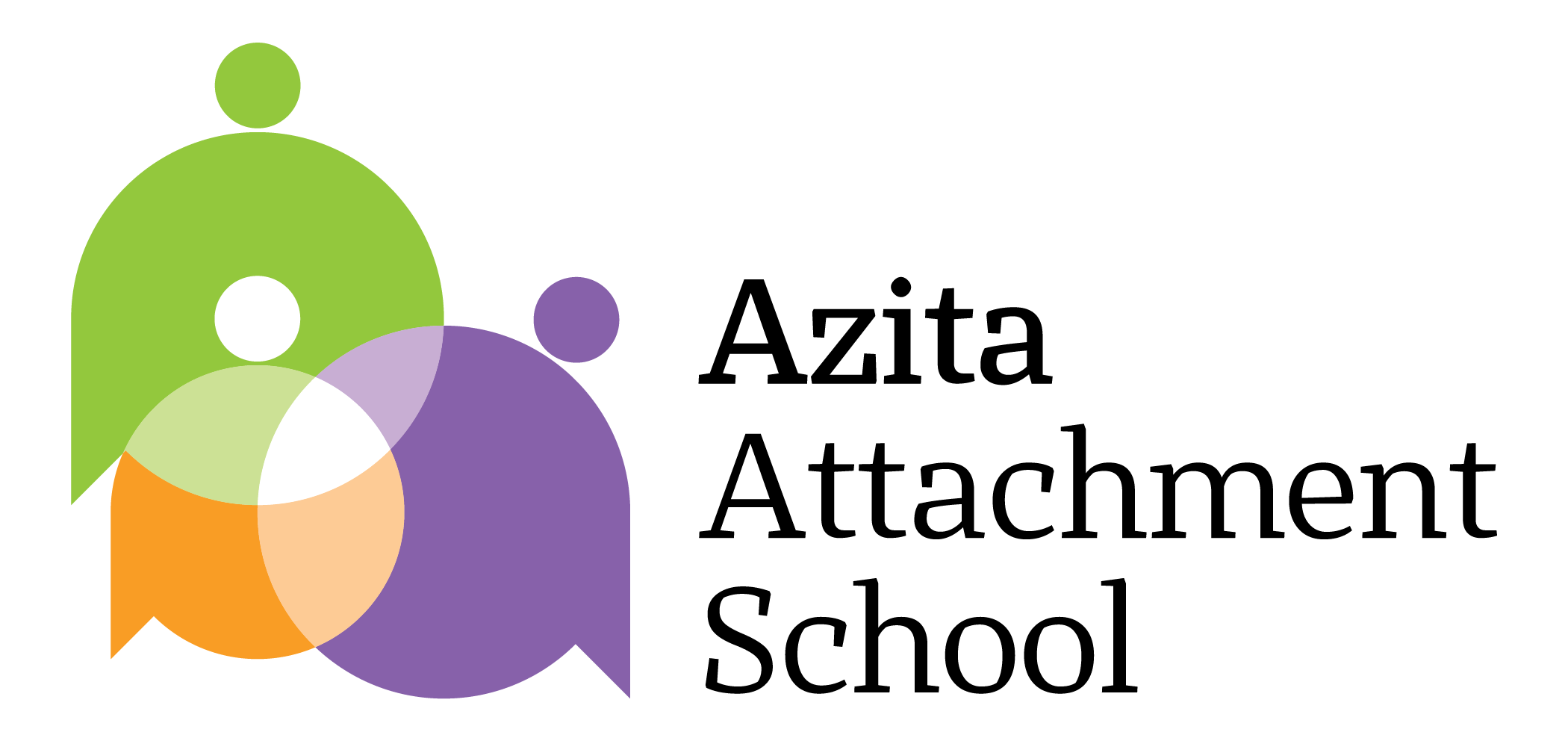Causes, Global Research & Solutions
Digital addiction fuels rising anxiety among Gen Z. Explore research history, global statistics, case studies, step-by-step interventions, and practical parental guidance.
Introduction
The current generation of children and adolescents, often called digital natives, has grown up in a world saturated with smartphones, tablets, and social media. Technology provides unprecedented opportunities for learning and connection, but it also comes with a hidden cost: rising levels of anxiety, depression, and social isolation among young people.
Psychologist Jonathan Haidt’s book The Anxious Generation (2024) has drawn global attention to this issue. Haidt argues that early and unrestricted access to smartphones undermines emotional development, weakens social skills, and fuels unprecedented rates of anxiety among today’s youth. Research worldwide supports his warning: digital overuse is not just a lifestyle habit—it has become a public health concern.
Historical Background and Scientific Research
- 1990s: Early concerns about digital dependency began with video games. Psychologists noted that excessive gaming correlated with academic decline and poor sleep (Griffiths, 1998).
- 2010s: With the rise of smartphones, research shifted toward social media addiction.
- Jean Twenge (2017): In the U.S., her landmark study revealed a sharp rise in teen depression and suicide beginning in 2012—the year smartphones became widespread.
- UNICEF (2021): A global survey found that adolescents spending more than 3 hours daily on social media were twice as likely to report symptoms of anxiety and depression.
- Kuss & Griffiths (2022): European and Asian studies concluded that digital dependency is not just an individual issue but a societal mental health crisis.
- Haidt (2024): His work introduced the idea of a “rewired childhood,” where digital immersion from early years fundamentally reshapes brain development and attachment patterns.
Global Statistics
- United States: 95% of teens own a smartphone; 46% report being online “almost constantly” (Pew Research, 2022).
- Canada: 59% of parents believe their children spend too much time on screens (Statistics Canada, 2023).
- Europe: A 2020 EU report found that screen use among teens doubled between 2010 and 2020, with a parallel rise in anxiety disorders.
- Middle East (including Iran): Local studies show that 70% of teens lose significant sleep due to nighttime smartphone use (Iranian Journal of Psychology, 2019).
- World Health Organization (2022): Identified digital dependency as one of the top ten mental health challenges for adolescents worldwide.
Case Study
Arad, 14 years old:
Arad spends most of his free time gaming online and scrolling through social media. Whenever his parents attempt to limit his phone use, he experiences panic attacks and bursts of anger. He avoids social gatherings, eats meals with his phone in hand, and shows declining academic performance. A counselor later diagnosed him with digital dependency and social anxiety. Through gradual interventions—screen-time boundaries, regular exercise, and group therapy—Arad slowly reduced his anxiety and began reconnecting with real-world activities.This case reflects a common pattern: digital dependency masks underlying anxiety but eventually worsens it, trapping adolescents in a cycle of avoidance and fear.
Generational Differences
- Previous generations (1970s–1990s): Adolescents spent their formative years in outdoor play, face-to-face friendships, and gradual independence from parents.
- Current generations (Gen Z & Gen Alpha): Much of their emotional and social development happens online.
Key differences include:
- Greater vulnerability to social anxiety due to reduced face-to-face practice.
- Reliance on external validation (likes, followers, comments) rather than inner self-worth.
- Lower exposure to unstructured, real-world risks and problem-solving opportunities.
- Increased fear of missing out (FOMO), leading to compulsive checking of devices.
Psychological and Social Consequences
- Mental Health: Higher rates of anxiety, depression, and attention difficulties.
- Social Functioning: Decline in real-world friendships, increased loneliness, and exposure to cyberbullying.
- Academic Impact: Reduced focus, procrastination, and falling grades.
- Physical Health: Sleep disruption, vision problems, neck/back pain, and sedentary lifestyle.
- Family Dynamics: Frequent conflicts with parents over screen time, reduced emotional closeness at home.
Why Digital Dependency Fuels Anxiety
Digital dependency doesn’t simply waste time; it alters the way the adolescent brain processes stress:
- Dopamine overload: Constant notifications train the brain for instant gratification.
- Comparison trap: Exposure to curated online lives heightens feelings of inadequacy.
- Sleep disruption: Blue light exposure and late-night scrolling reduce REM sleep, vital for emotional regulation.
- Attachment interference: Emotional needs once met by caregivers and peers are replaced by digital validation, leaving children more insecure.
Step-by-Step Interventions
- Awareness and Acknowledgment
- Parents and teens must first recognize that digital dependency is a problem. Tracking usage with apps can reveal the scale.
- Screen-Time Auditing
- Record daily digital use for a week. Identify peak times and triggers.
- Establishing Digital Boundaries
- Screen-free times: during meals, before bedtime, and during family outings.
- Create a “digital parking station” for devices at night.
- Healthy Substitutes
- Encourage sports, arts, reading, volunteering, or outdoor adventures.
- Emotional Regulation Training
- Teach stress-management skills: breathing exercises, mindfulness, journaling.
- Family Dialogue
- Hold weekly discussions about tech use without blame. Explore the teen’s perspective.
- School and Community Support
- Collaborate with teachers and counselors to monitor and encourage healthy habits.
- Professional Help
In severe cases, consider cognitive-behavioral therapy (CBT), family therapy, or group therapy for digital dependency
Practical Guidance for Parents
At Home:
- Set shared “no-screen” family times.
- Model healthy tech habits—children copy parents.
With Adolescents:
- Draft a family digital contract outlining expectations and boundaries.
- Offer alternative enjoyable activities instead of only imposing restrictions.
For Parents Themselves:
- Avoid guilt. Digital dependency is a global phenomenon, not an individual failure.
- Connect with other parents or support groups to share strategies.
Case for Prevention: Early Childhood Interventions
Preventing digital dependency starts early. Pediatric recommendations include:
- No screen time for children under 2 years.
- Maximum 1 hour/day of quality content for ages 2–5.
- Co-viewing with parents to enhance discussion and critical thinking.
By building healthy digital habits from early childhood, parents can reduce the risk of adolescent anxiety later on.
Breaking the Cycle: What Makes This Different from Past Generations
Every generation has faced moral panic over new media—from comic books to television. However, today’s challenge is unique because:
- Smartphones are portable, personalized, and omnipresent.
- Algorithms are designed to maximize time on platform, not well-being.
- Adolescents now face globalized peer pressure in real time, 24/7.
Thus, the current digital environment is not just a new form of media—it is a radical restructuring of childhood and adolescence.
Conclusion
Digital dependency is one of the most pressing mental health challenges of the 21st century. It does not merely distract children but reshapes their emotional development, undermines secure attachment, and increases vulnerability to anxiety and depression.
Yet there is hope. Through awareness, structured boundaries, healthier alternatives, and professional support, families can guide children and adolescents toward a balanced relationship with technology. By breaking the silence, sharing experiences, and acting together, we can ensure that the anxious generation becomes a resilient one.


